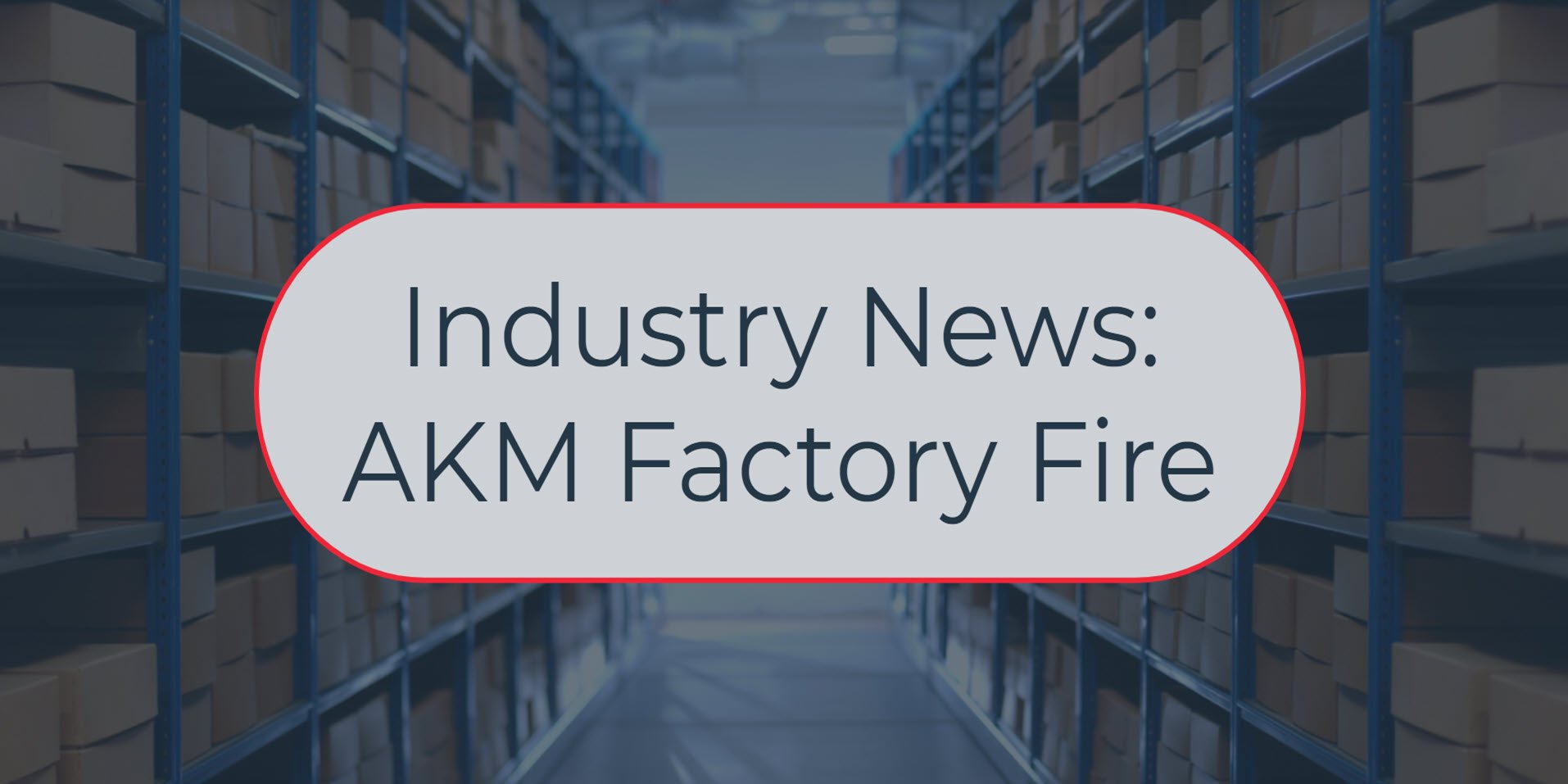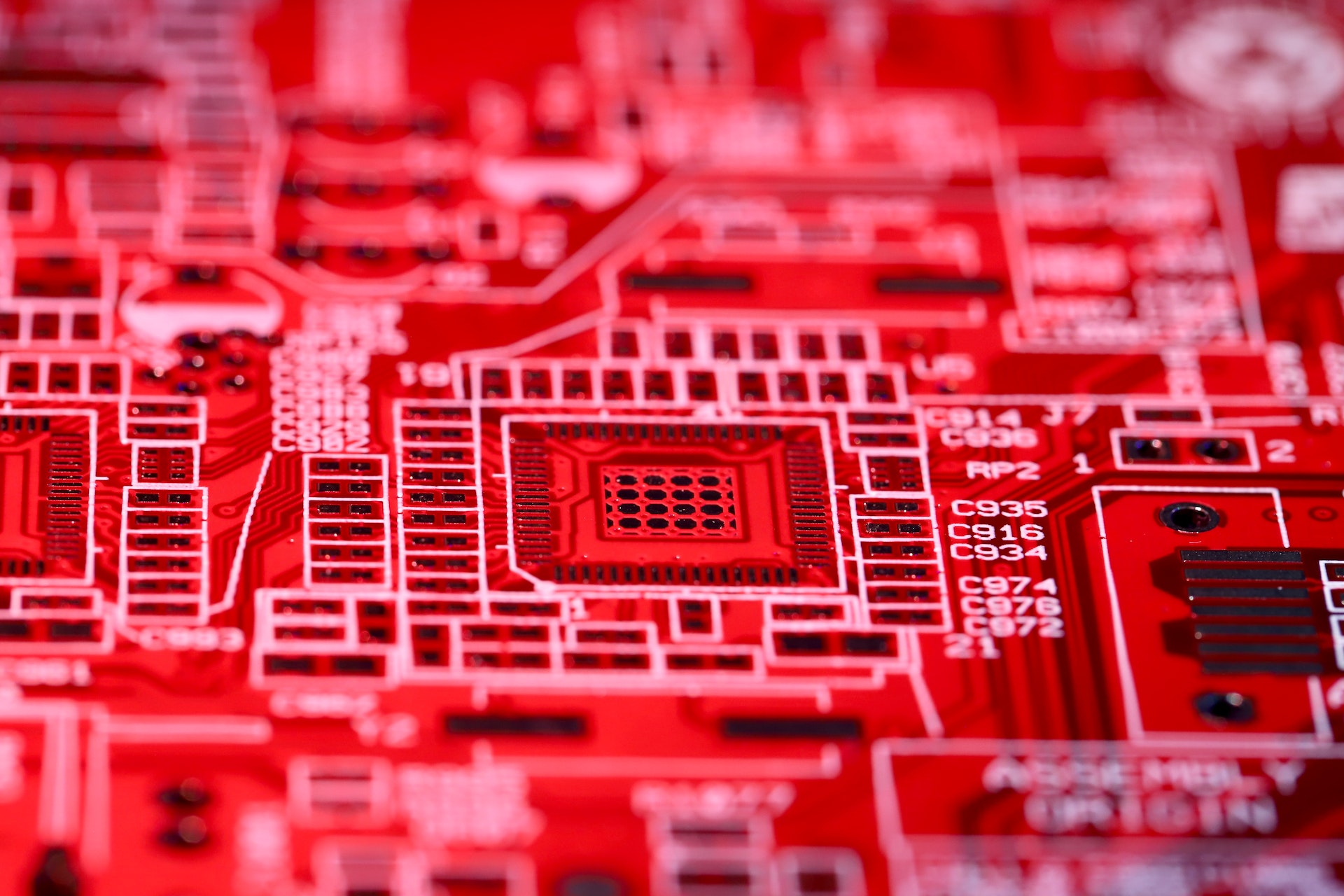In this month’s Sensible Semiconductor News Update, we’ll take a deep dive into the landmark announcement that the DOE has achieved fusion ignition (and how the CHIPS Act will play into it), the trends in embedded electronics that will drive the market in 2023, and the smashing success of Electronica 2022 in Munich as the world’s top electronic components industry trade fair.
With Fusion Ignition Confirmed, CHIPS and Science Act Set to Revolutionize U.S. Tech Supply Chains
On December 13, 2022, The U.S. Department of Energy (DOE) confirmed that the DOE National Laboratory had achieved fusion ignition. This scientific breakthrough has been decades in the making and is sure to lead to game-changing future technologies as the proven concept is further refined and optimized for commercialization.
At present, the tech requires a system “the size of a sports stadium and uses powerful laser beams to create temperatures and pressures like those in the cores of stars and giant planets, and inside exploding nuclear weapons.” Many advanced developments in lasers, optics, diagnostics, target fabrication, computer modeling and simulation, and experimental design will still be needed to achieve simple, affordable fusion that can power homes and businesses.
The CHIPS Act authorizes $800 Million from 2023 to 2027 for the purpose of establishing programs that support research, development, and demonstration of tomorrow’s advanced reactors. The available funds will increase each year until 2027 when funding peaks at $250 Million.
The Commerce Department now faces a daunting task — distribute this windfall from the CHIPS Act in a manner that will swiftly rebuild U.S. technology supply chains and infuse new life into the dormant nuclear industry. Some nuclear technologies, such as molten salt reactors, depend on exotic materials or rely on specific isotopes. U.S. tech supply chains will need to be built up and revolutionized not only for first-of-a-kind units but scaling to dozens (or perhaps even hundreds) of them.
Market Trends to Drive Growth in Embedded Electronics in 2023
Embedded electronics engineers from ByteSnap Design have taken a look at the current trends in the market and direction of electronic component news to develop predictions about what will drive growth in the sector in the coming year. This is what they found:
- Smart home devices and Energy Management Systems (EMS) to mitigate the financial crisis: By 2026, 84% of all households will incorporate smart technology that helps in managing home energy use, comfort, and streamlined control.
- Energy cost management for all consumers: The cost of energy will increase demand for power-saving solutions, smart home energy systems, and standby power solutions with features that allow users to more easily monitor and make informed decisions about energy consumption.
- Alternative energy solutions: Demand for backup and alternative energy production is still going up as households seek seamless contingencies for outages. Heat pumps, solar panels, battery storage, integrated PV and EV charging, will become more interconnected house energy systems with the help of smart, embedded systems.
- EVs will add pressure to the grid: The advent of the electric vehicle (EV) age is upon us, and EV technology will continue to add stress to a grid that’s already stretched in the winter. Flow visibility and more efficient energy management will be more necessary than ever, and this will be enabled by connected technology.
- Advanced machine learning will begin to integrate: Machine learning will make real inroads into core business offerings in 2023. As these techniques become more accessible, appliances like toasters and microwaves that can learn how to perfectly toast or time cycles will start to appear. Healthcare is another sector that will see increased use of ML, which can rapidly assess millions of data points to aid in imaging diagnosis and predict outcomes.
- Matter will be supported by the home automation industry: A new interoperability standard backed by Amazon, Apple, and Google — and which is called Matter — will promote the seamless cooperation of devices from different manufacturers. Matter-enabled IoT devices have already begun to roll out into homes.
- Supply and demand for microchips: The industry’s overreliance on Taiwan led to numerous supply chain disruptions over the last few years. Now we’re seeing a surge in the construction of new fabs outside of SE Asia, which will take years and billions of dollars to complete. However, demand is cooling due to recession signs and slowing growth combined with recent over-purchasing of inventory. Lead times will start to go down, though they won’t be “normal” by the end of 2023.
- Medical device design and digital health: Remote medical diagnostics are experiencing an uptick in demand. Manufacturers of smart personal health monitoring devices like watches will continue to benefit as more consumers desire to access digital health services and integrate them into their household technologies.
Electronica 2022 Showed Why It’s the World’s Leading Electronics Trade Fair
With 2,144 exhibitors and approximately 70,000 visitors from around the world, Electronica 2022 was hustling and bustling across its 14 halls on November 15-18 in Munich. Attendees at this in-person gathering of the industry were “ more satisfied with electronica this year than ever before,” according to Dr. Reinhard Pfeiffer, CEO of Messe München. The collected feedback indeed demonstrated new record levels of both exhibitor and visitor satisfaction, as well as a higher share of international visitors (54%) than at any previous event.
Highlights were numerous, including the CEO Roundtable, the Student Day, a job exchange, and the co-occurring SEMICON Europa exhibition. The CEO Roundtable on November 14 featured participation from Jean-Marc Chery (STMicroelectronics), Jochen Hanebeck (Infineon), Gregg Lowe (Wolfspeed), and Kurt Sievers (NXP Semiconductors). The assembled group of leaders discussed global challenges faced by the semiconductor industry, their visions for an all-electric future society, and the importance of continued innovations in spite of supply chain problems.
After Germany, the top 10 visitor countries to Electronica 2022 (in order of attendance totals) were: Italy, Austria, France, Great Britain and Northern Ireland, Switzerland, USA, Israel, Spain, Turkey and Sweden. Next year’s event will take place in Munich from November 12-15, 2024.
Stay Up-to-Date on Semiconductor News With Sensible Micro
The Sensible team always keeps an ear to the ground for valuable industry insights and electronic component news. Our robust global network often enables us to access critical insights early, even before many OEMs and manufacturers.
Stay informed with Sensible Micro and catch the latest semiconductor news and updates on the electronic components industry, including the new technologies that are positioned to drive it!

















